When it comes to choosing the perfect flooring for your home, there are numerous options available to suit every style and budget. Two popular choices are ceramic tile and porcelain tile. Both types of tiles offer durability, versatility, and aesthetic appeal, making them ideal for a wide range of applications. However, there are key differences between ceramic and porcelain tiles that can influence your decision when selecting the best option for your space. In this article, we will explore the characteristics, benefits, and considerations associated with ceramic and porcelain tile flooring to help you make an informed choice that suits your needs and preferences. Ceramic tile and porcelain tile are both made from clay and other natural materials. The primary distinction between the two lies in the manufacturing process and the specific types of clay used. Ceramic tiles are typically made from red or white clay fired at lower temperatures, while porcelain tiles are made from a more refined and purified clay that is fired at higher temperatures. This fundamental difference in production results in varying characteristics that differentiate ceramic and porcelain tiles in terms of durability, water resistance, hardness, and suitability for different applications. One of the key advantages of porcelain tile is its superior durability and hardness compared to ceramic tile. Porcelain tiles are denser and less porous, making them highly resistant to scratches, stains, and moisture. This makes porcelain tile an excellent choice for high-traffic areas such as kitchen floors, entryways, and bathrooms, where wear and tear are common. In contrast, ceramic tiles are softer and more porous, which can make them more prone to chipping and cracking, especially in areas with heavy foot traffic. Another important consideration when choosing between ceramic and porcelain tile is water resistance. Porcelain tile has a lower water absorption rate than ceramic tile, making it highly resistant to water damage. This makes porcelain tile an ideal option for areas that are exposed to moisture, such as bathrooms, kitchens, and outdoor spaces.

.
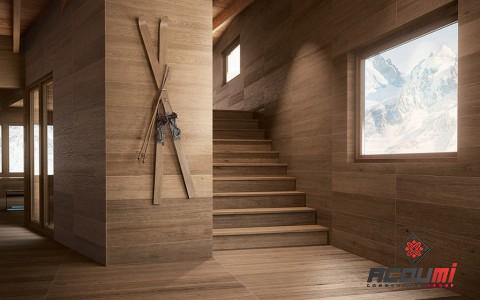 On the other hand, ceramic tile, while still suitable for many indoor applications, may not be the best choice for areas with high levels of moisture or humidity. In terms of aesthetics, both ceramic and porcelain tiles offer a wide range of colors, patterns, and textures to suit any design preference. Ceramic tiles are often glazed to create a smooth, shiny finish that can mimic the look of natural stone, wood, or other materials. Porcelain tiles, on the other hand, can be glazed or unglazed, with options for matte, polished, or textured finishes. The versatility of porcelain tile allows for more intricate designs and patterns, making it a popular choice for creating custom looks and unique visual effects. When it comes to ease of maintenance, both ceramic and porcelain tiles are relatively easy to clean and maintain. Regular sweeping and mopping are usually sufficient to keep both types of tile looking their best. However, it is important to note that grout lines, which are used to install both ceramic and porcelain tiles, can be more susceptible to staining and discoloration over time. Choosing a darker grout color or applying a sealant can help prevent this issue and prolong the lifespan of your tile flooring. Cost is another factor to consider when selecting between ceramic and porcelain tile flooring. In general, porcelain tile tends to be more expensive than ceramic tile due to its higher quality and durability. While the initial cost of porcelain tile may be higher, its long-term benefits, such as lower maintenance and replacement costs, can make it a cost-effective investment in the durability and longevity of your flooring. Ceramic tile, on the other hand, is a more budget-friendly option that can still offer style and durability for many years to come. Ultimately, the choice between ceramic and porcelain tile flooring depends on your specific needs, preferences, and the requirements of the space where the tile will be installed. If you are looking for a durable, water-resistant option for a high-traffic area, porcelain tile may be the best choice.
On the other hand, ceramic tile, while still suitable for many indoor applications, may not be the best choice for areas with high levels of moisture or humidity. In terms of aesthetics, both ceramic and porcelain tiles offer a wide range of colors, patterns, and textures to suit any design preference. Ceramic tiles are often glazed to create a smooth, shiny finish that can mimic the look of natural stone, wood, or other materials. Porcelain tiles, on the other hand, can be glazed or unglazed, with options for matte, polished, or textured finishes. The versatility of porcelain tile allows for more intricate designs and patterns, making it a popular choice for creating custom looks and unique visual effects. When it comes to ease of maintenance, both ceramic and porcelain tiles are relatively easy to clean and maintain. Regular sweeping and mopping are usually sufficient to keep both types of tile looking their best. However, it is important to note that grout lines, which are used to install both ceramic and porcelain tiles, can be more susceptible to staining and discoloration over time. Choosing a darker grout color or applying a sealant can help prevent this issue and prolong the lifespan of your tile flooring. Cost is another factor to consider when selecting between ceramic and porcelain tile flooring. In general, porcelain tile tends to be more expensive than ceramic tile due to its higher quality and durability. While the initial cost of porcelain tile may be higher, its long-term benefits, such as lower maintenance and replacement costs, can make it a cost-effective investment in the durability and longevity of your flooring. Ceramic tile, on the other hand, is a more budget-friendly option that can still offer style and durability for many years to come. Ultimately, the choice between ceramic and porcelain tile flooring depends on your specific needs, preferences, and the requirements of the space where the tile will be installed. If you are looking for a durable, water-resistant option for a high-traffic area, porcelain tile may be the best choice.
..
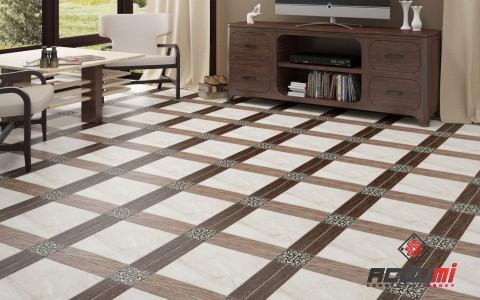 On the other hand, if you are working within a tighter budget or looking to create a custom design with a variety of colors and textures, ceramic tile could be the perfect fit for your project. In conclusion, ceramic and porcelain tile flooring both offer unique benefits and features that can enhance the beauty and functionality of your home. By understanding the differences between these two types of tile and considering factors such as durability, water resistance, aesthetics, maintenance, cost, and application, you can make an informed decision that aligns with your preferences and requirements. Whether you choose ceramic tile or porcelain tile, both options provide a durable, stylish, and versatile flooring solution that can stand the test of time and elevate the overall look and feel of your living space. In addition to the technical aspects of ceramic and porcelain tile flooring, it’s important to consider the design elements that each type of tile can bring to your space. Ceramic tile offers a wide variety of colors, patterns, and styles, making it a versatile option for creating different looks in your home. Whether you prefer a classic and timeless design or a bold and modern aesthetic, ceramic tile allows you to express your unique style and personality through your flooring choice. On the other hand, porcelain tile offers a more sophisticated and upscale appearance, ideal for creating a luxurious and elegant atmosphere in your home. The refined finish and high-definition printing technology used in porcelain tile production allow for intricate and realistic patterns that can replicate the look of natural stone, wood, or other premium materials. If you’re seeking a high-end look and feel for your space, porcelain tile can elevate the overall design and aesthetic appeal of your home. When it comes to installation, both ceramic and porcelain tiles require professional expertise to ensure a proper and long-lasting finish. The installation process involves preparing the subfloor, applying mortar or adhesive, laying the tiles in the desired pattern, grouting the joints, and sealing the surface to protect against stains and damage. Hiring a skilled and experienced professional installer is crucial to achieving a flawless and durable result that enhances the beauty and functionality of your tile flooring.
On the other hand, if you are working within a tighter budget or looking to create a custom design with a variety of colors and textures, ceramic tile could be the perfect fit for your project. In conclusion, ceramic and porcelain tile flooring both offer unique benefits and features that can enhance the beauty and functionality of your home. By understanding the differences between these two types of tile and considering factors such as durability, water resistance, aesthetics, maintenance, cost, and application, you can make an informed decision that aligns with your preferences and requirements. Whether you choose ceramic tile or porcelain tile, both options provide a durable, stylish, and versatile flooring solution that can stand the test of time and elevate the overall look and feel of your living space. In addition to the technical aspects of ceramic and porcelain tile flooring, it’s important to consider the design elements that each type of tile can bring to your space. Ceramic tile offers a wide variety of colors, patterns, and styles, making it a versatile option for creating different looks in your home. Whether you prefer a classic and timeless design or a bold and modern aesthetic, ceramic tile allows you to express your unique style and personality through your flooring choice. On the other hand, porcelain tile offers a more sophisticated and upscale appearance, ideal for creating a luxurious and elegant atmosphere in your home. The refined finish and high-definition printing technology used in porcelain tile production allow for intricate and realistic patterns that can replicate the look of natural stone, wood, or other premium materials. If you’re seeking a high-end look and feel for your space, porcelain tile can elevate the overall design and aesthetic appeal of your home. When it comes to installation, both ceramic and porcelain tiles require professional expertise to ensure a proper and long-lasting finish. The installation process involves preparing the subfloor, applying mortar or adhesive, laying the tiles in the desired pattern, grouting the joints, and sealing the surface to protect against stains and damage. Hiring a skilled and experienced professional installer is crucial to achieving a flawless and durable result that enhances the beauty and functionality of your tile flooring.
…
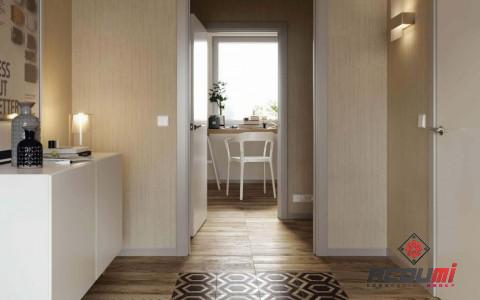 Maintenance is another important aspect to consider when deciding between ceramic and porcelain tile. While both types of tile are relatively easy to clean and maintain, there are some differences in care requirements. Porcelain tile is more stain-resistant and easier to clean due to its lower water absorption rate, making it an excellent choice for areas prone to spills and messes. Regular sweeping and mopping with a mild detergent are usually all that’s needed to keep porcelain tile looking its best. Ceramic tile, while also low-maintenance, may require more frequent sealing and cleaning of grout lines to prevent staining and discoloration. Using a quality grout sealer and a grout cleaner can help extend the lifespan of your ceramic tile flooring and maintain its appearance over time. By proactively caring for your tile floors and addressing any issues promptly, you can ensure that your investment in ceramic or porcelain tile flooring remains beautiful and functional for years to come. In conclusion, the choice between ceramic tile and porcelain tile flooring ultimately comes down to your personal preferences, budget, and the specific requirements of your space. Both types of tile offer a range of benefits and features that can enhance the beauty, durability, and functionality of your home. Whether you opt for the classic and versatile appeal of ceramic tile or the luxurious and sophisticated look of porcelain tile, you can create a stunning and enduring flooring solution that reflects your style and enhances the overall ambiance of your living space. By carefully considering factors such as durability, water resistance, aesthetics, maintenance, cost, and design options, you can make an informed decision that meets your needs and complements your home’s style. Whichever type of tile you choose, investing in quality ceramic or porcelain tile flooring can elevate the value and appeal of your property while providing a long-lasting and stylish foundation for your everyday living. Make the right choice for your home today and enjoy the beauty and functionality of ceramic or porcelain tile flooring for years to come.
Maintenance is another important aspect to consider when deciding between ceramic and porcelain tile. While both types of tile are relatively easy to clean and maintain, there are some differences in care requirements. Porcelain tile is more stain-resistant and easier to clean due to its lower water absorption rate, making it an excellent choice for areas prone to spills and messes. Regular sweeping and mopping with a mild detergent are usually all that’s needed to keep porcelain tile looking its best. Ceramic tile, while also low-maintenance, may require more frequent sealing and cleaning of grout lines to prevent staining and discoloration. Using a quality grout sealer and a grout cleaner can help extend the lifespan of your ceramic tile flooring and maintain its appearance over time. By proactively caring for your tile floors and addressing any issues promptly, you can ensure that your investment in ceramic or porcelain tile flooring remains beautiful and functional for years to come. In conclusion, the choice between ceramic tile and porcelain tile flooring ultimately comes down to your personal preferences, budget, and the specific requirements of your space. Both types of tile offer a range of benefits and features that can enhance the beauty, durability, and functionality of your home. Whether you opt for the classic and versatile appeal of ceramic tile or the luxurious and sophisticated look of porcelain tile, you can create a stunning and enduring flooring solution that reflects your style and enhances the overall ambiance of your living space. By carefully considering factors such as durability, water resistance, aesthetics, maintenance, cost, and design options, you can make an informed decision that meets your needs and complements your home’s style. Whichever type of tile you choose, investing in quality ceramic or porcelain tile flooring can elevate the value and appeal of your property while providing a long-lasting and stylish foundation for your everyday living. Make the right choice for your home today and enjoy the beauty and functionality of ceramic or porcelain tile flooring for years to come.
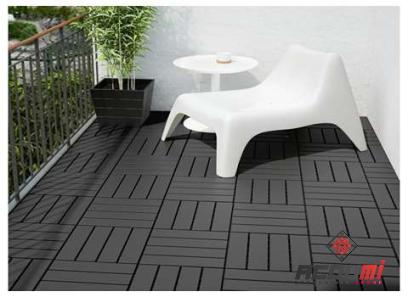
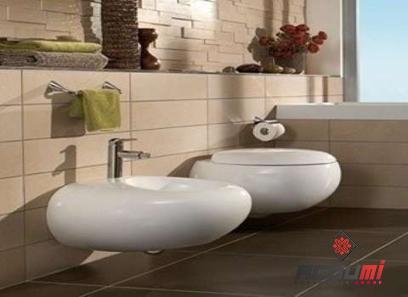
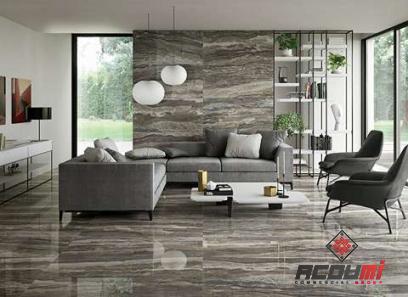



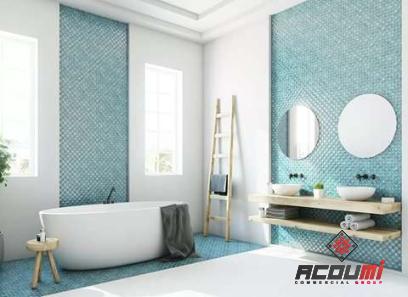
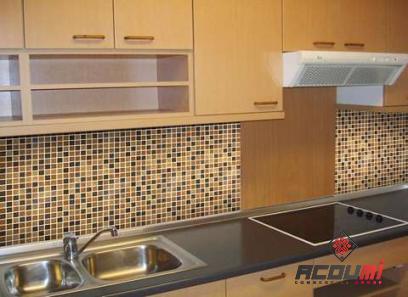
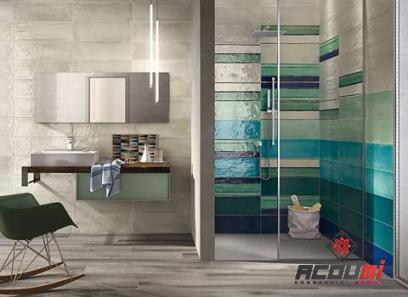
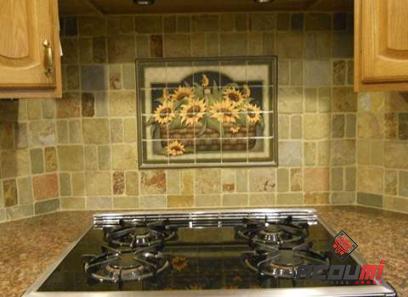
Your comment submitted.